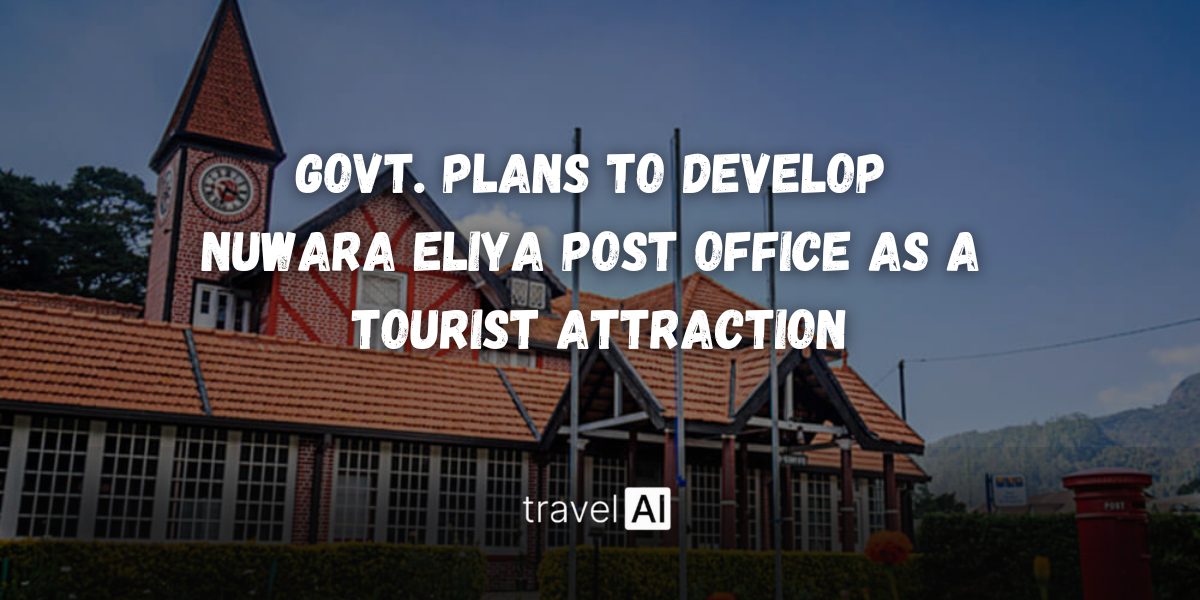The Sri Lankan government has unveiled plans to transform the historic Nuwara Eliya Post Office into a thriving tourist attraction while maintaining its core postal services. Cabinet Spokesman Minister Nalinda Jayatissa announced this initiative, highlighting the shift from a previously proposed sale of the property.
A Change in Strategy
Former President Ranil Wickremesinghe had earlier planned to remove the Nuwara Eliya Post Office from the Postal Department’s purview and sell it. However, the current administration has decided against this approach, opting instead to preserve the iconic building and enhance its appeal to visitors.
Legal and Developmental Aspects
A court case concerning the ownership and status of the post office remains ongoing. Despite this, the government will proceed with its new plan without officially notifying the court of its revised decision.
To ensure the success of this transformation, the government will seek technical expertise from the Urban Development Authority (UDA) and the Sri Lanka Tourism Development Authority (SLTDA). These organizations will provide insights into sustainable architectural modifications and tourism-friendly enhancements.
Why Visit the Nuwara Eliya Post Office?
The Nuwara Eliya Post Office is a historical landmark built in 1894 during the British colonial era. Its distinctive Tudor-style architecture and picturesque setting make it a unique site. By integrating tourism into its function, the government aims to:
- Preserve Heritage: Maintain the cultural and architectural significance of the building.
- Boost Tourism: Attract both local and international visitors to Nuwara Eliya.
- Support Local Economy: Encourage growth in the surrounding businesses, such as cafes, souvenir shops, and guided tours.
- Enhance Postal Services: Continue to provide essential postal services while creating an immersive experience for tourists.
Future Prospects
The initiative aligns with Sri Lanka’s broader tourism development strategy. The government’s commitment to balancing heritage conservation with modern tourism opportunities could set a precedent for other historical sites across the country.
As developments progress, stakeholders and the public can expect updates on the architectural enhancements, potential tourist attractions within the post office, and community engagement programs.
For further details on similar projects and tourism initiatives, visit:

